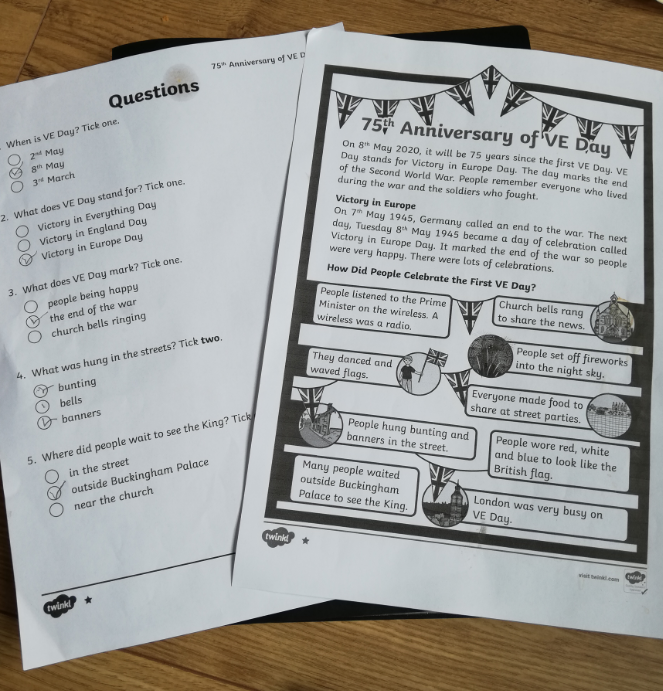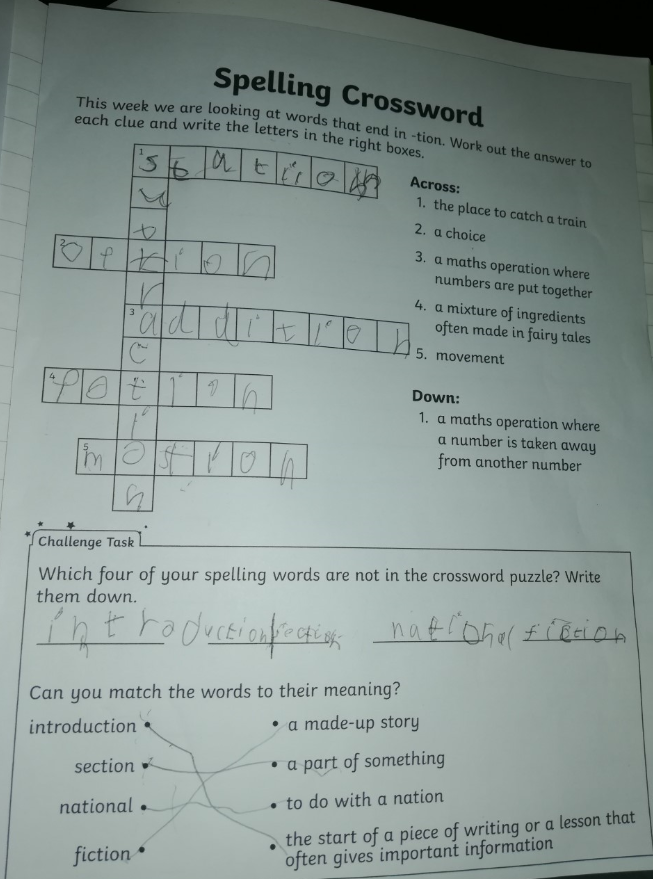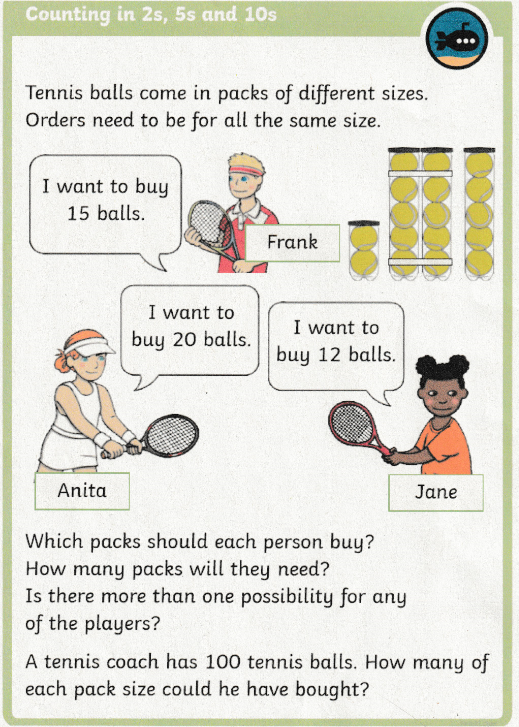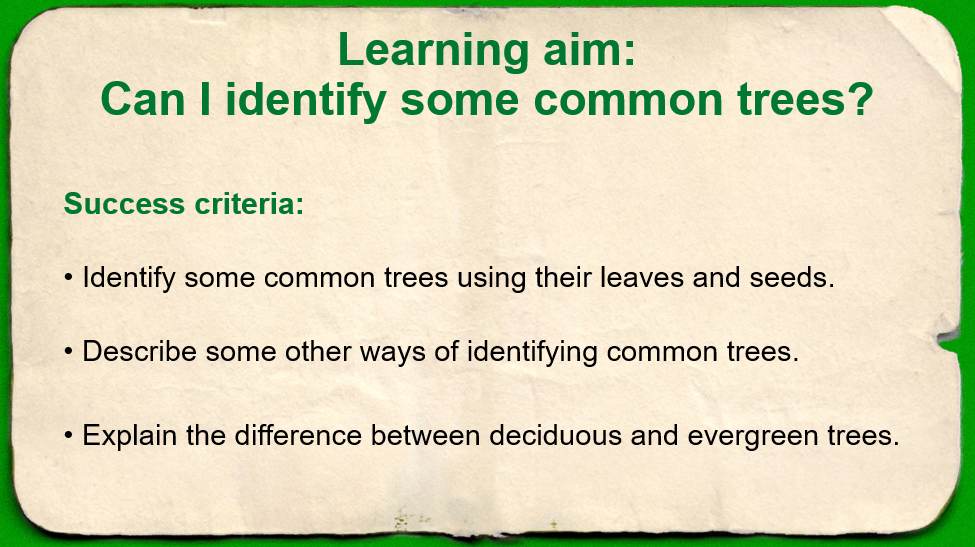We have done lots and lots of nature work in science over the last few weeks and we’re not finished yet! We are going to make use of the great weather we have been having to continue our outdoor learning. So far, we have looked at planting, germination and conditions for growing and we have had a big focus on birds (I have learnt so much about birds!) We are now going to move on and see if we can learn just as much about trees in the environment around us.
You have been emailed another message from the giant if I have your email address! Here are the key slides but you will need to view the powerpoint for all of the information. It might even help you decide on the alternative story ending for Jack and the Beanstalk that I set you for English on Monday.
Firstly let me share with you just some of the amazing work that class 2 have been doing. Wow! Keep going, keep challenging yourself and keep sending in your work as it really makes my day to see all of it. (plattenk@brandesburton.eriding.net)
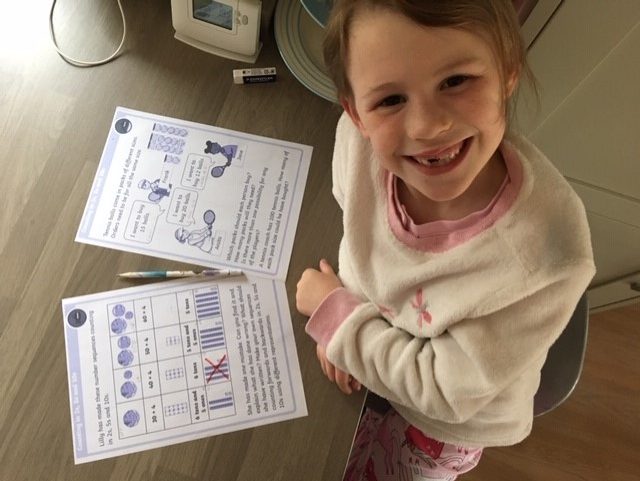
Lara has been busy with maths. 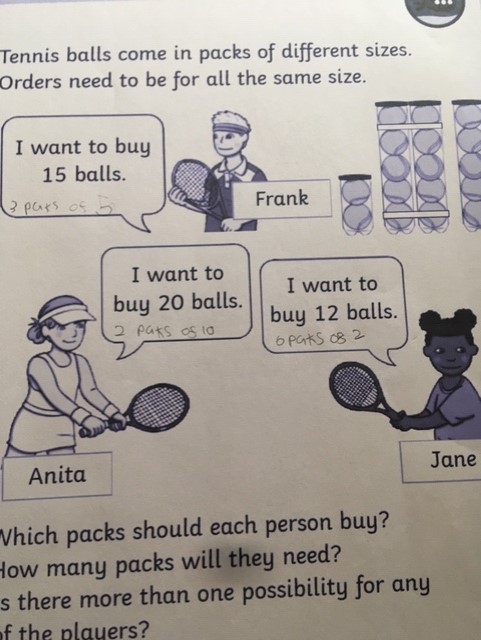
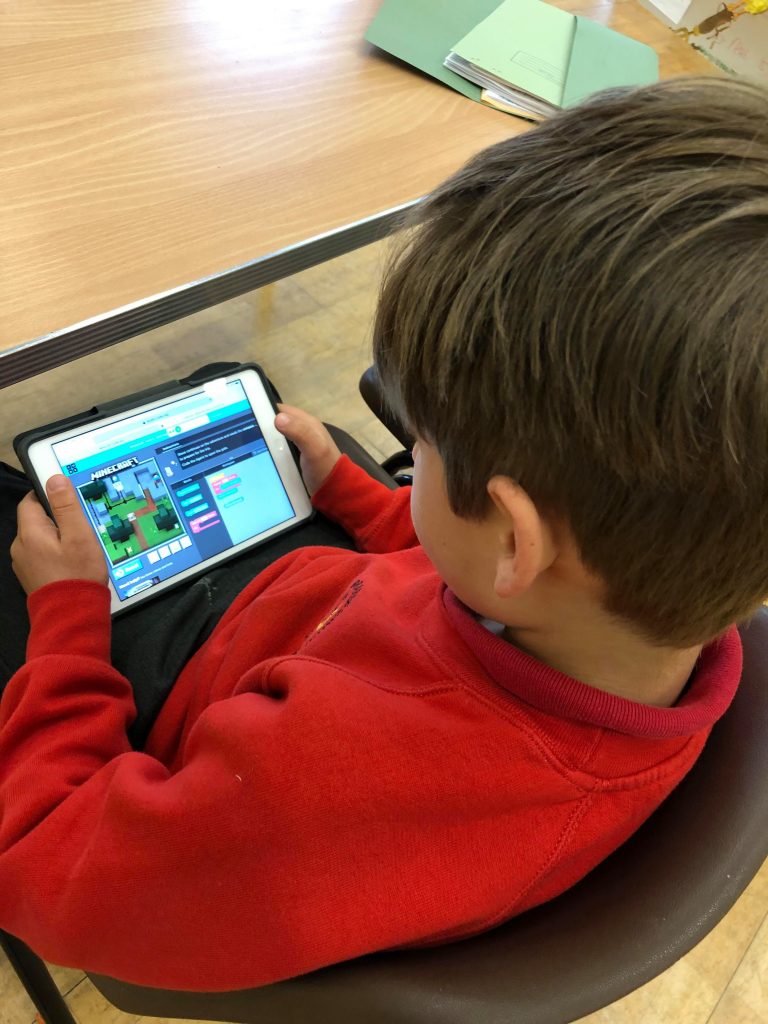
William ‘s hard work at school on coding and maths. 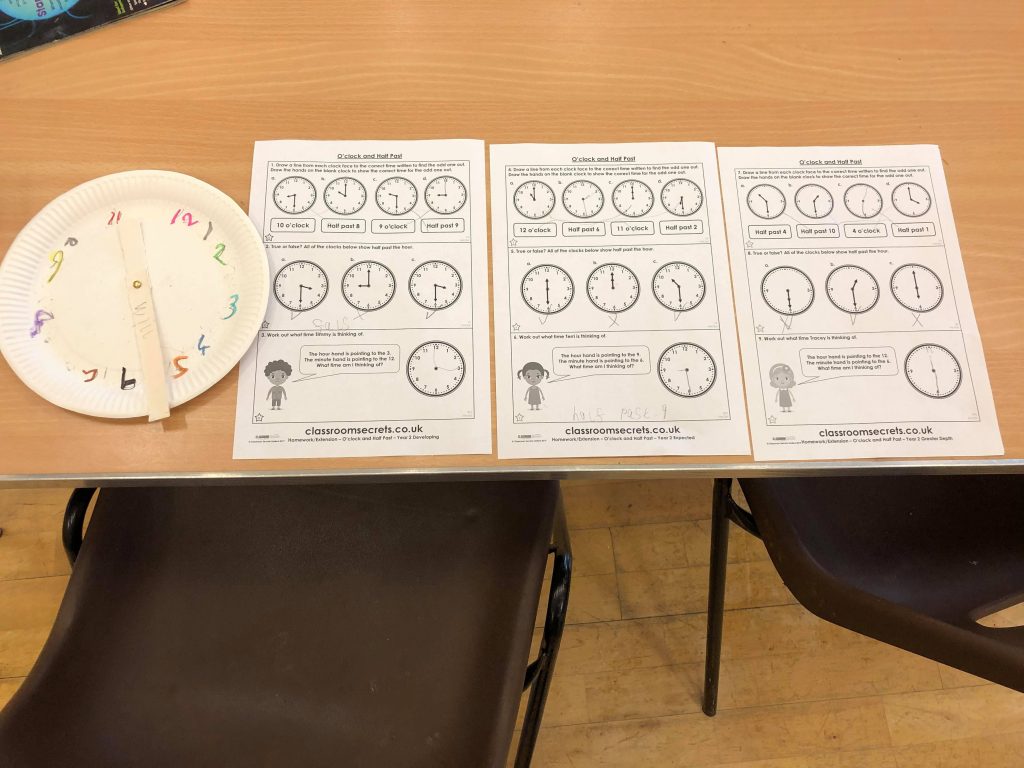

Katy has done a range of work including this beautiful rainbow art. 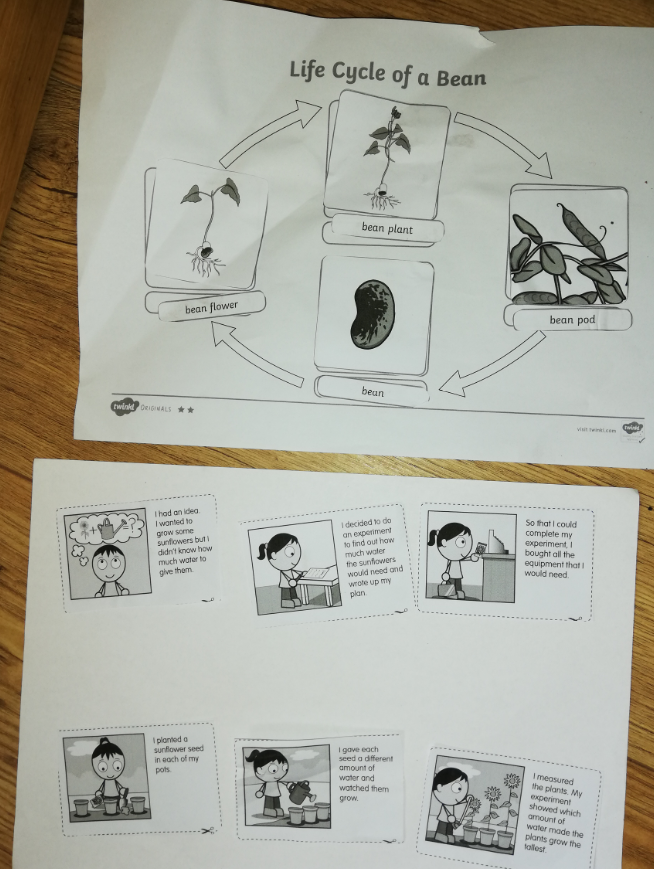
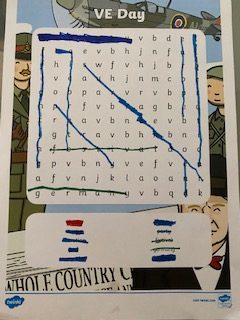
Jacob’s wordsearch 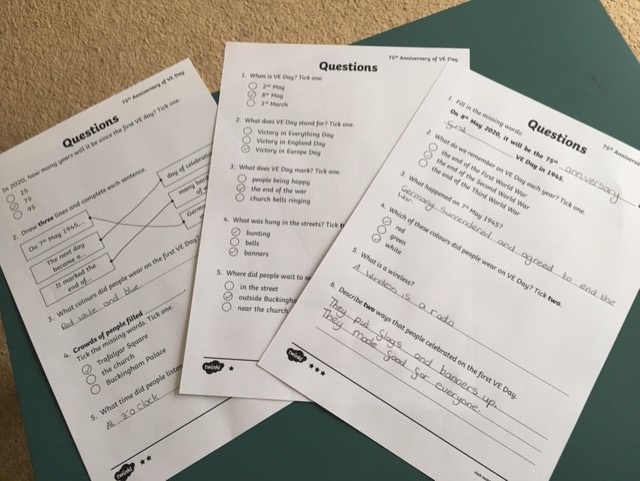
Ruby’s comprehension work
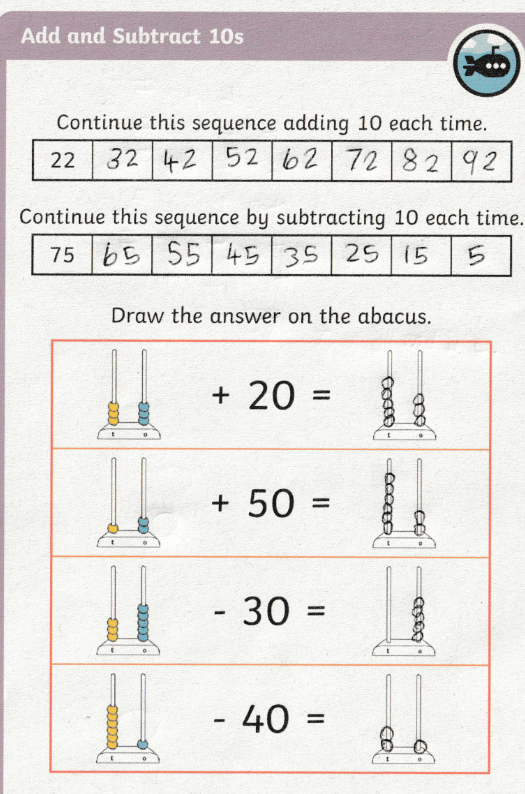
Freya has done lots of maths… 
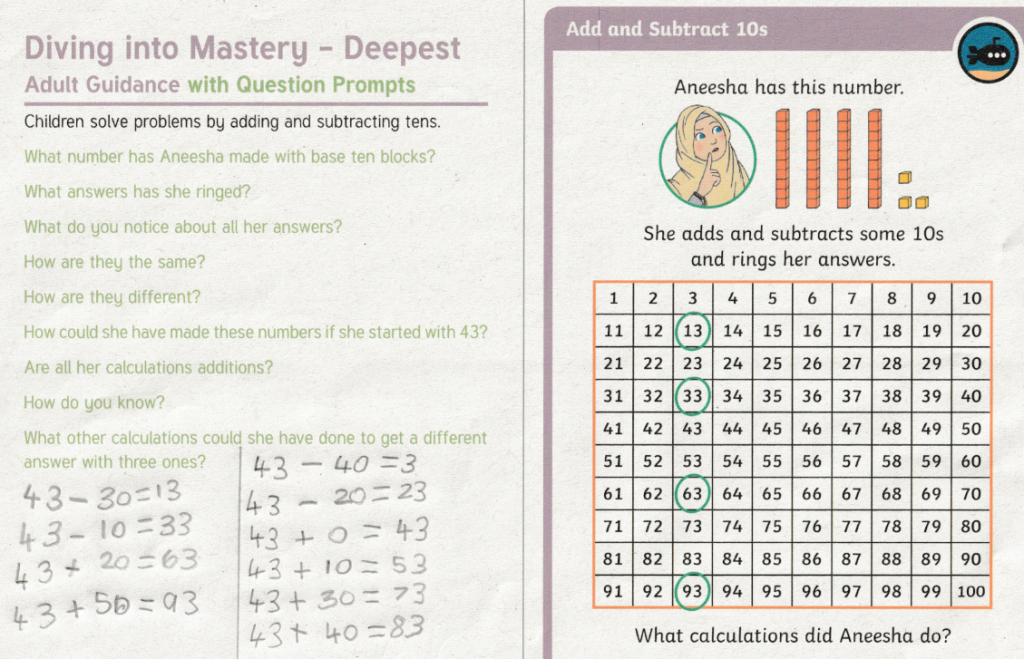
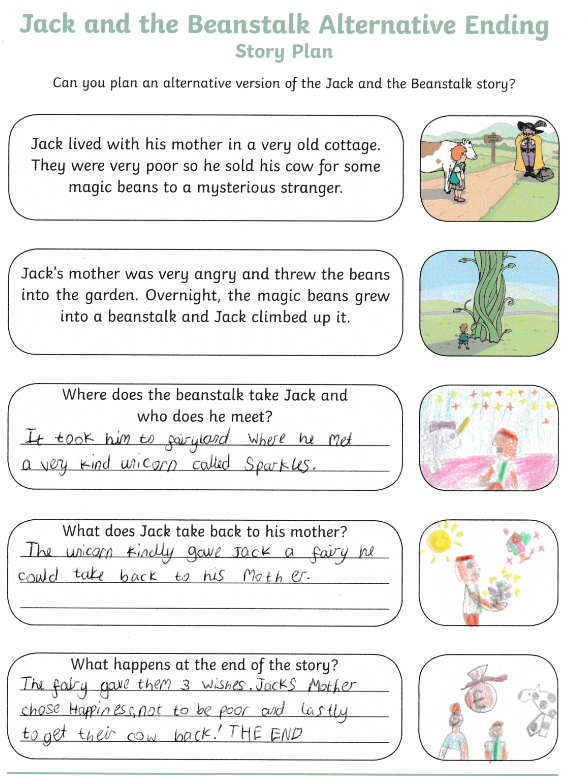
Finally Freya’s alternative story ending for Jack.
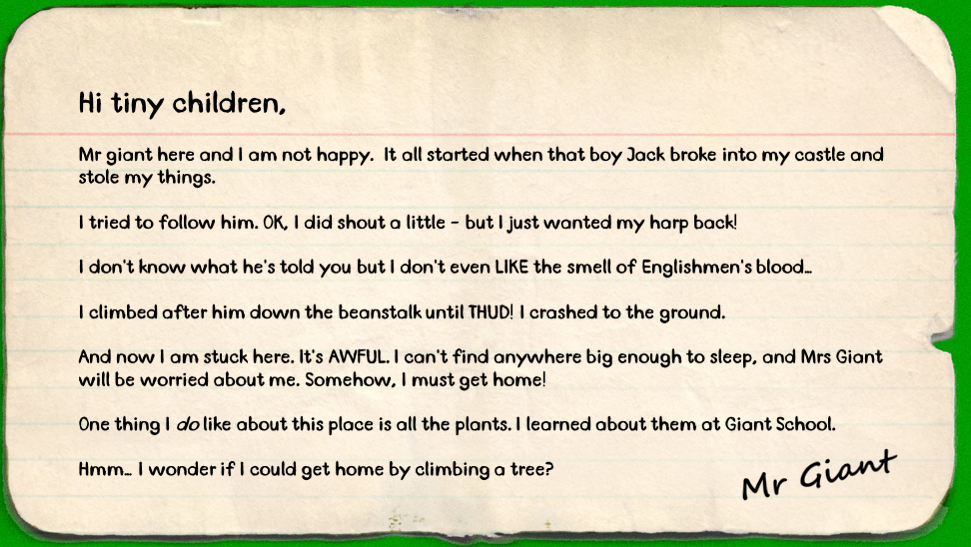
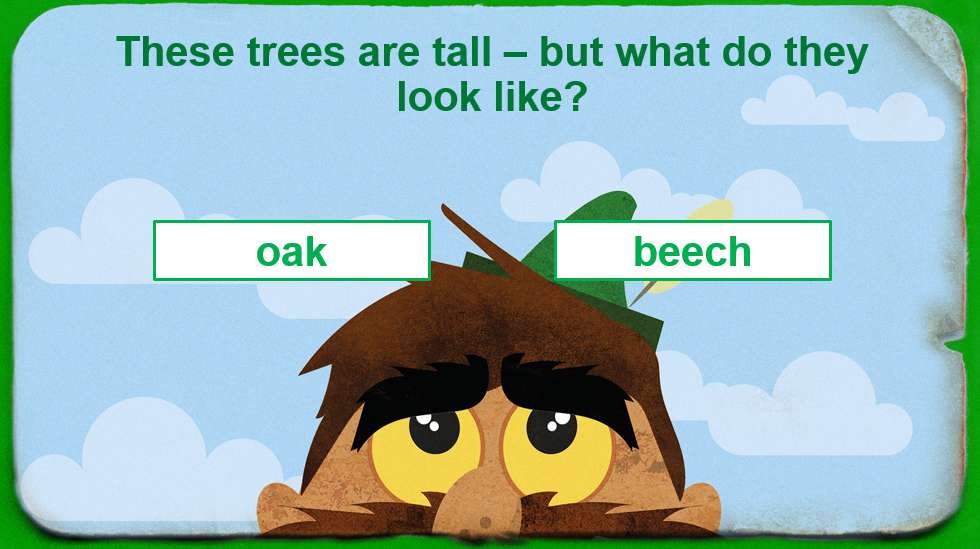
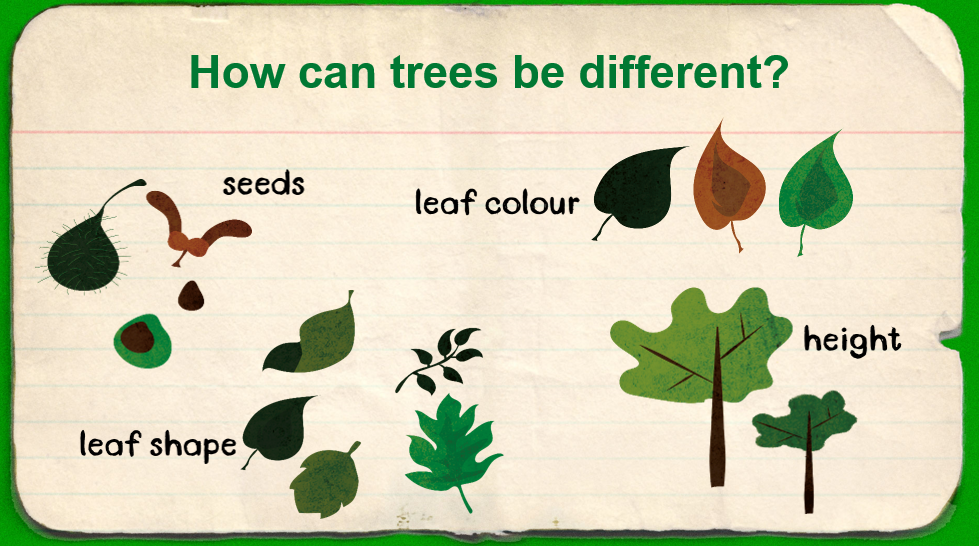
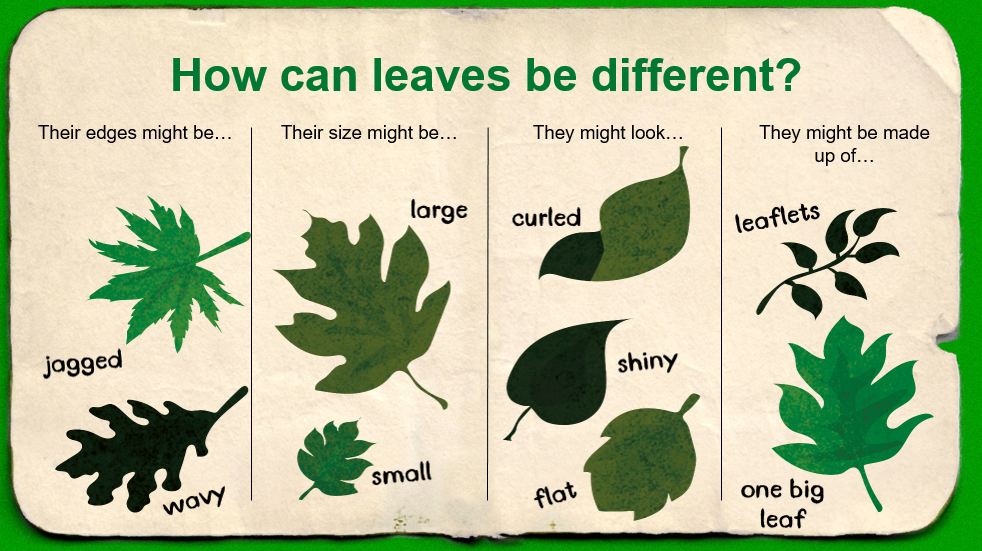
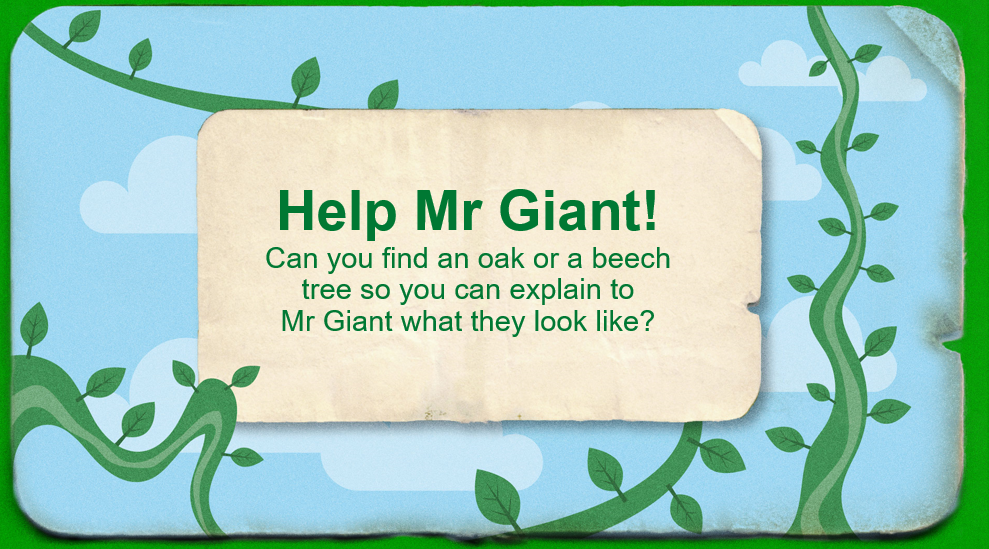
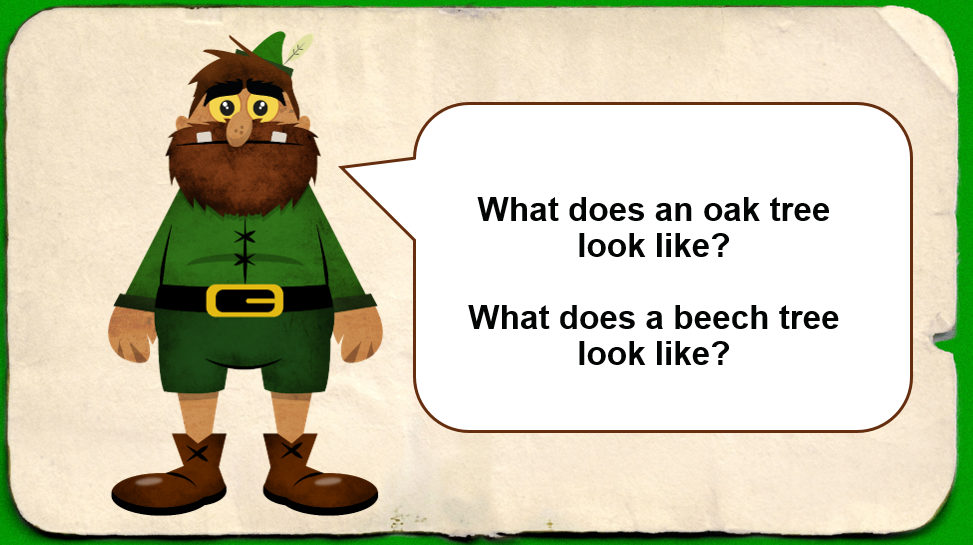
You will need to do some research to help you. This might be online in a book or walking around your local area with your family. You can get some more information on trees here https://www.woodlandtrust.org.uk/trees-woods-and-wildlife/british-trees/a-z-of-british-trees/ and how to identify them here https://www.woodlandtrust.org.uk/trees-woods-and-wildlife/british-trees/how-to-identify-trees/
You can also download an app from the above link as well to help you on your walk.
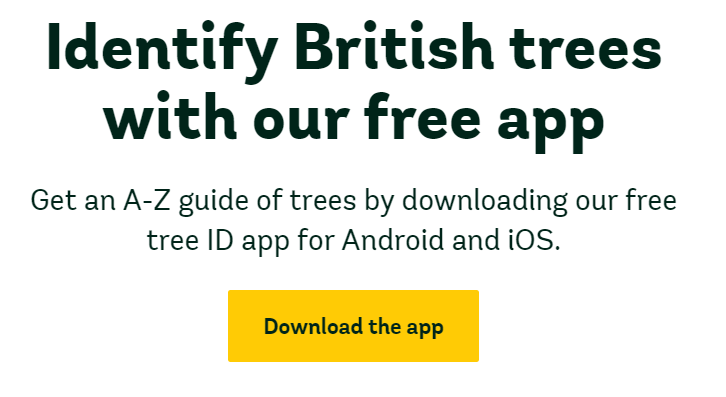
Here are some tick sheets for you to record your findings. You might find some trees that aren’t on the sheets too.
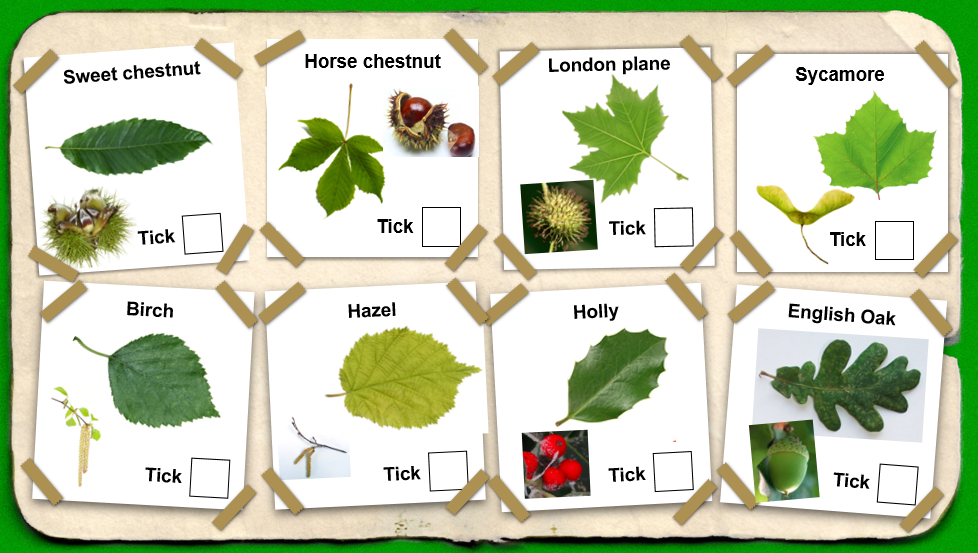

As well as helping the giant find out what oak trees and beech trees look like, if you are able to safely collect some leaves, you could try some cross-curricular work too:
Maths: Can you sort and classify the leaves in groups? You might be able to use a Venn diagram like we did when we sorted sweets during science week. Remember you need two overlapping circles to do this and a label for each circle – for example green leaves and spiky leaves, then if you find any leaves that are green AND spiky, they go in the overlapping part, the intersection, in the middle.
You could also make a tally chart for the numbers of different trees where you live and then use the information to draw a bar chart.
Art: You could study some of the leaves carefully very close up and try to sketch them as accurately as you can.
Finally check your knowledge with this matching game. Can you match the facts to the correct picture?



